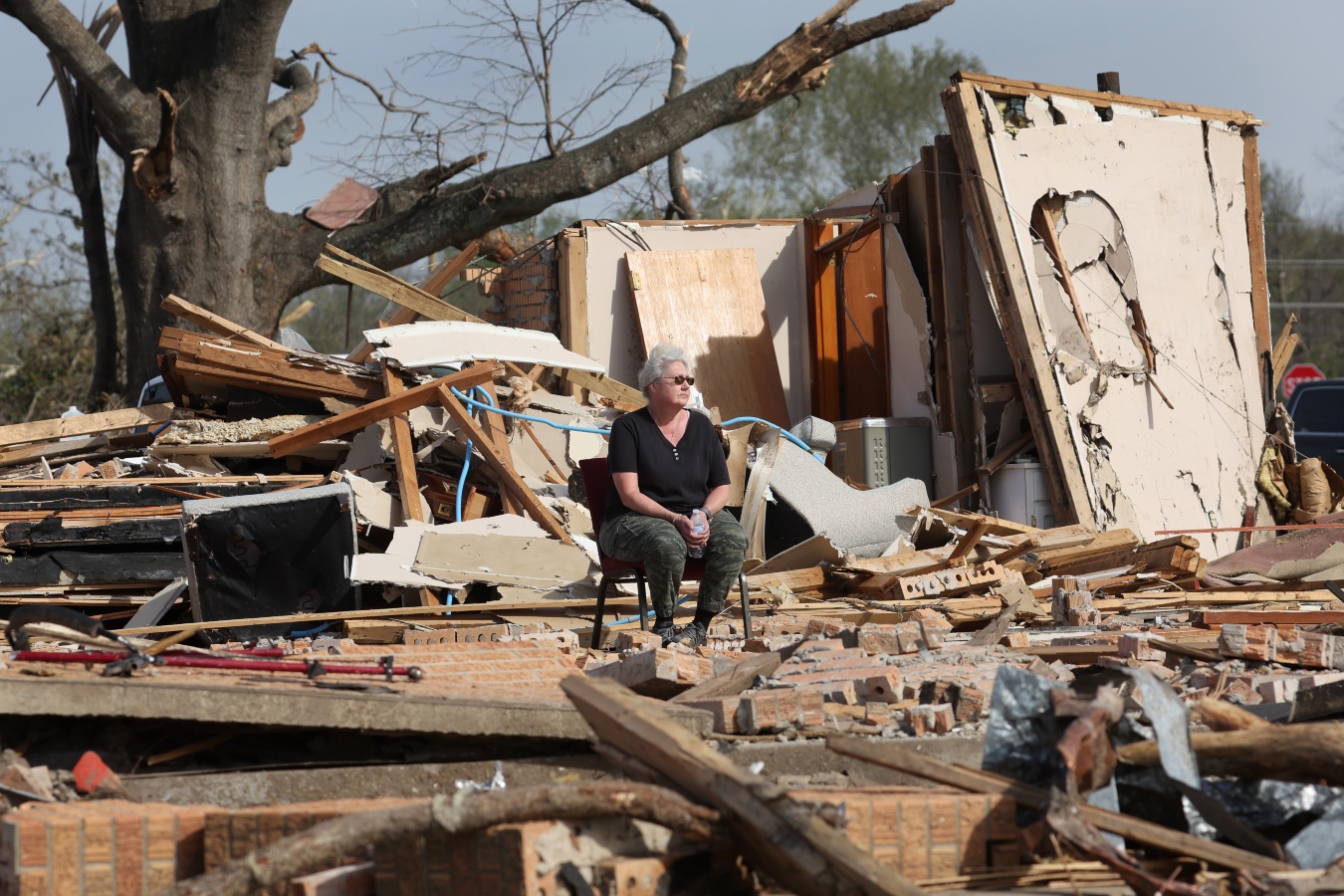A recent study is disrupting the conventional wisdom that there is no connection between climate change and deadly tornadoes, such as the ones that tore through Mississippi over the weekend.
Researchers at Northern Illinois University looked at data from the past 15 years, which compared different types of supercell storms. They concluded that these storms, which are precursors to tornadoes, will increase in frequency and intensity as the planet warms.
The scientists also concluded that tornadoes will shift eastward, from Tornado Alley in the Great Plains, where the storms have been the most active for decades.This comes after a series of lethal twisters made their way through Mississippi, leveling towns like Rolling Fork and Silver City, and severely affecting people in the capital city of Jackson.
The study showed an overall increase in supercell storms across the United States, but a greater increase in storms across the South, particularly around the mid-South region which encompasses Arkansas, Louisiana, Mississippi, Tennessee, Kentucky, Alabama and Missouri.
An association between tornadoes and climate change was previously difficult to establish, unlike the connection between climate change and hurricanes. Tornadoes are smaller and harder to measure than hurricanes, but the main impediment to linking tornadoes to climate change is that the latter weakens winds in the atmosphere while tornadoes require stronger winds.
The latest research, however, demonstrates that even with weaker winds, other factors resulting from climate change can make tornadoes more intense.
“That added ingredient of more heat and moisture is going to be the big thing that will influence what happens and we can expect potentially worse tornado outbreaks,” said William Gallus, a professor of meteorology at Iowa State University.
Gallus said that despite the fact that there could be fewer days of tornadoes, those days could feature stronger or multiple tornadoes.
Additionally, a geographic shift eastward could spell ongoing trouble for residents of the region, where housing stock is seen as less secure and the area is more densely populated.
“It’s not just the simple idea that the bullseye of most tornadoes is moving east,” said Gallus. “What’s bad is it’s moving into a part of the country where people tend to [be] more vulnerable to tornadoes. So the risk of injury and death is higher in those areas.”



